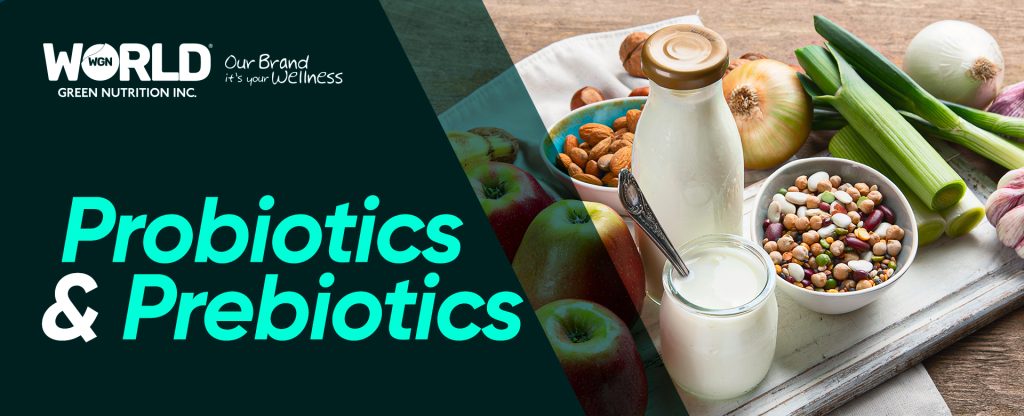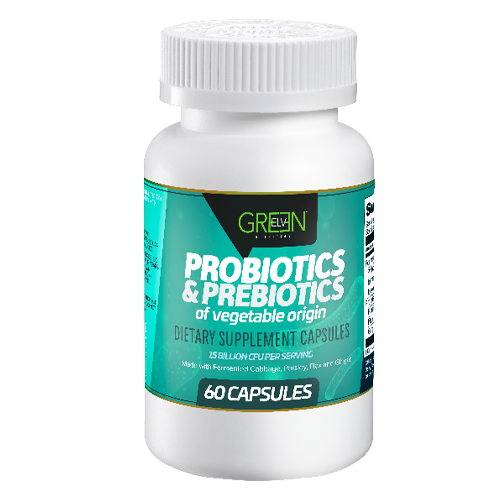

Home / Probiotics and Prebiotics
Probiotics and Prebiotics
The FAO/WHO (2001) defines probiotics as “live microorganisms that are confer beneficial to the health, when they are administered in adequate quantities“.
The demand of probiotics consumption has been expanding globally due to the continuous generation research of evidence indicating potential health benefits for consumers, such as:
- Improved of the lactose metabolism
- Decreased of incidence of diarrhea
- Reduced risk of diarrhea associated to antibiotics
- Treatment and prevention of infectious diarrhea
- Improvement of symptoms associated with Irritable Bowel Syndrome
- Improvement of the immune system
- Decreased of cholesterol serum
- Promotes the digestion of proteins
- Neutralization of toxic products


In 2007 FAO/WHO experts updated the concept of prebiotics as: a non-viable food component that confers a health benefit associated with modulation of the microbiota.
General List of Prebiotic Benefits
- Reduces the prevalence and the timing of infectious and antibiotic-associated diarrhea
- Reduces inflammation and symptoms associated with inflammatory bowel disease
- Exerts protective effects to prevent colon cancer
- Improves the bioavailability and the absorption of minerals, including calcium, magnesium, and possibly iron
- Reduces some risk factors for cardiovascular disease
- Promotes satiety and weight loss as well as prevents obesity
Considering the fact that a probiotic is essentially active in the small and large intestine, and the effect of a prebiotic is mainly seen in the small intestine, the combination of the two has a synergistic effect, which occurs when the combined effect of the two components is much greater than the sum of the individual effect when alone.
SUGGESTED PRODUCT FROM WORLD GREEN NUTRITION THAT IN ADDITION TO HAVE PROBIOTICS AND PREBIOTICS, THESE OF VEGETABLE ORIGIN, CAN BE TAKEN BY PEOPLE OF LACTOSE INTOLERANCE
BIBLIOGRAPHY
Lye, H. S., Balakrishnan, K., Thiagarajah, K., Mohd Ismail, N. I., & Ooi, S. Y. (2016). Beneficial Properties of Probiotics. Tropical Life Sciences Research, 27(2), 73-90. https://doi.org/10.21315/tlsr2016.27.2.6
Sánchez, M. T., Ruiz, M. A., & Morales, M. E. (2015). Probiotic microorganisms and health. Ars Pharmaceutica (Internet), 56(1), 45-59. https://doi.org/10.4321/s2340-98942015000100007
Markowiak, P., & Śliżewska, K. (2017). Effects of Probiotics, Prebiotics, and Symbiotic on Human Health. Nutrients, 9(9), 1021. https://doi.org/10.3390/nu9091021
Slavin, J. (2013). Fiber and Prebiotics: Mechanisms and Health Benefits. Nutrients, 5(4), 1417 to 1435. https://doi.org/10.3390/nu5041417

